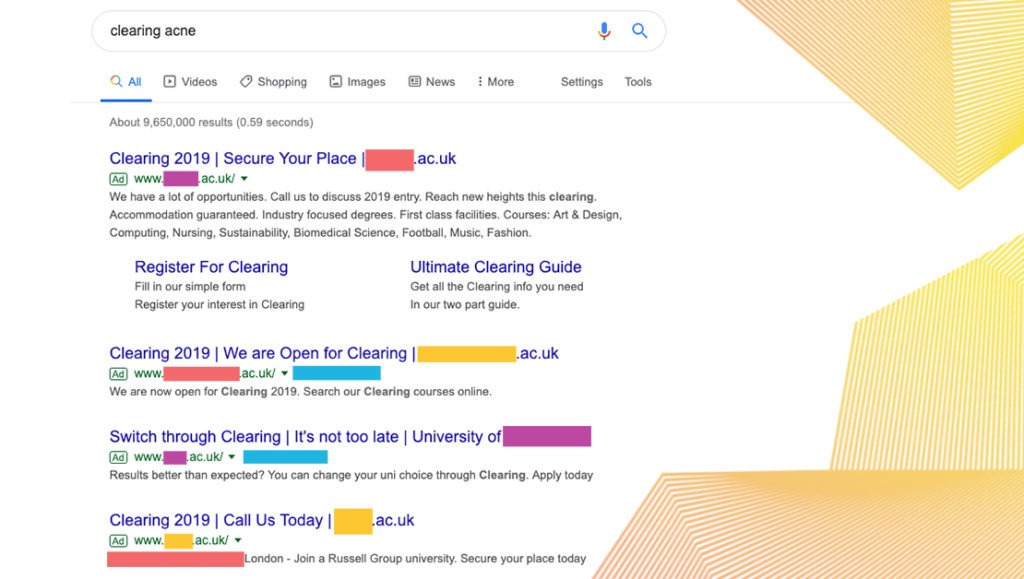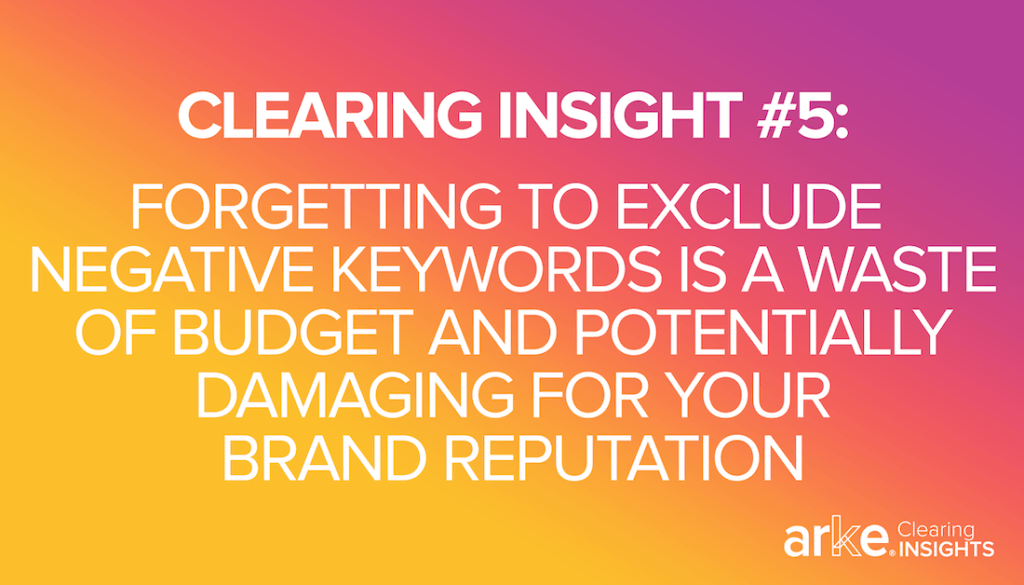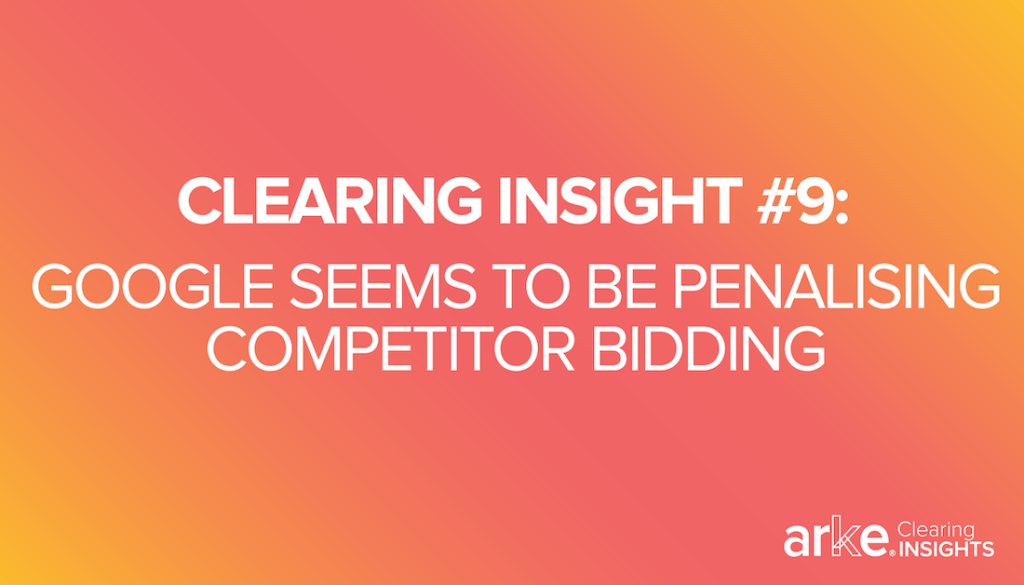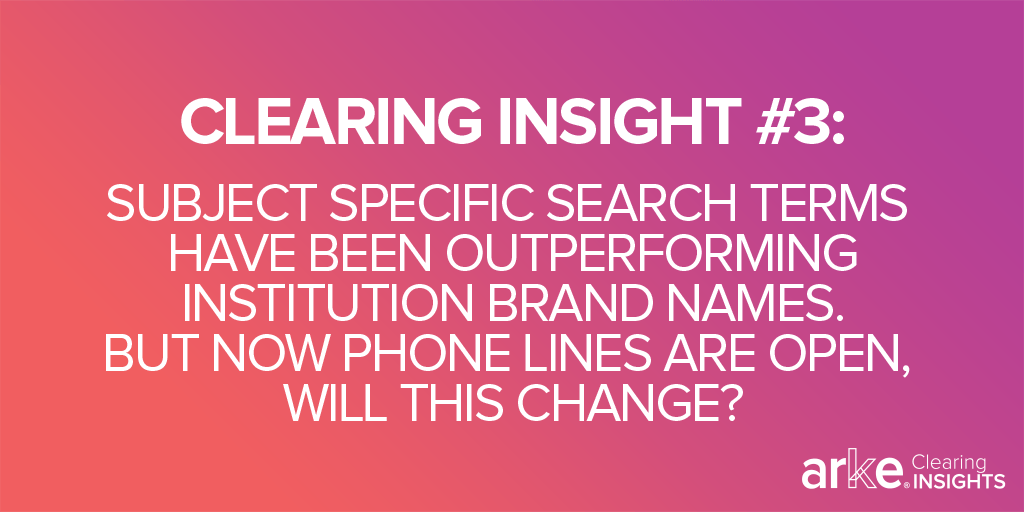2019 was no different from any other year, with UK universities investing thousands in paid advertising on A-level results day to reach as many potential Clearing students as possible. Just like in other years, the most widely used advertising platform on the day was Google Ads. We kept our ear to the ground and collected the most interesting and surprising advertising-related Clearing insights.
Including:
- Comparisons to last year
- New developments
- Algorithm changes
Here are five of our favourite Clearing insights…
1. Voice Search Played a Big Part
A-level results day is always a busy day for Google in the UK. With students searching for UCAS, institution names, and the courses they want to study, there’s consistently a sharp rise in enquiries on the day.
Interestingly, we saw a higher number of searches made by voice this year than we did last year. But that’s not all… potential students weren’t just using voice search to enquire; they were also converting from it.
In 2014, Andrew Ng from Baidu predicted that voice search will constitute 50% of all searches by 2020 (a stat often attributed to comScore). With 2020 rapidly approaching, it’s looking possible that this could be the reality this time next year.
Did you capitalise on voice search throughout Clearing and incorporate it into your strategy?

2. Negative Keywords Slipped Through the Net
Unfortunately, this is something we see every year. A-level results day comes, and institutions understandably want to target general searches around the word “Clearing”. Nothing wrong with that; the issue is when advertisers forget to exclude negative keywords from their campaign.
The result? Higher education ads appear for completely irrelevant “clearing” searches, such as “clearing acne” (and much worse… we’ll let your imagination run wild here!)

Undoubtedly, this is potentially damaging for brand reputation. It’s also a waste of budget since you’re reaching the wrong audience. But that’s not all, it’s bad news for every advertiser as it drives up the average cost-per-click (CPC’s). This makes bidding for Clearing-related searches much more competitive and expensive.

3. Google Penalised Competitor Bidding
Competitor bidding is an approach to Google Ads whereby you use your competitors’ names as target keywords in your campaign.
When you do this, you’re hoping to intercept their direct traffic by distracting the searcher with your advert. Paid ads appear above organic results, so the aim is for the searcher to divert from visiting your competitor’s site. You want them to choose you instead.
Many organisations take this approach, and it has previously worked well. In fact, it was used by multiple institutions on results day last year. This year was different though, with Google penalising competitor bidding by failing to serve the ads. This meant that advertisers saw low impressions and clicks for their competitor bidding campaigns.
But despite Google chastising this approach, CPC’s for institution names still increased throughout the day. This was because those who were using competitor bidding were targeting many different university names. Make sure that if you do use competitor bidding, you prioritise your resources on just your direct competition.
On the flip side, it’s also important to think about brand protection. Your competitors may be bidding on your name and the last thing you want is your direct traffic to be swayed! To combat this, consider running a campaign targeting your own brand name to protect your direct traffic and ensure those searching for you end up on your site rather than your competitor’s.
Thinking ahead, keep these learnings in mind when you’re putting together your Clearing advertising strategy for next year.

4. Average CPC’s Increased from Morning to Afternoon
It wasn’t just competitor bidding that saw a rise in average CPC’s on A-level results day. Costs increased from morning to afternoon across all Google Ads campaigns, but particularly for course-specific keywords (such as “medical school” and “architecture degree”).
This was due to growing competition from other advertisers as the day went on. Most likely because institutions became clear in the afternoon on the courses that still had places to fill. As a result, they took to Google Ads, investing budget in targeting course names. With more and more institutions competing throughout the day, it became increasingly expensive to secure the top advertising spots.
On results day, CPC’s can also be impacted by organisations signing off additional Google Ads budget in the afternoon. It can be too late by this point though, as the pool of students looking for a place has diminished. It’s much better to get stakeholders on board early with a realistic conversation prior to results day. Discuss the true costs of running Google Ads for Clearing so there are no surprises when the time comes. This way, you can go into the day with enough budget to remain competitive and avoid missing out on potential students.

5. Course-Specific Search Terms Outperformed Institution Brand Names
Our fifth and final insight makes a lot of sense when you think about it logically.
If a student doesn’t have a confirmed place at university on A-level results day, then they’re in Clearing. It’s, therefore, possible that they’re undetermined on which university they want to go to. It may be that they:
- Didn’t get the grades required for their first-choice university
- Achieved better grades than expected
- Changed their mind about the institutions they applied to earlier in the year
- Made the decision to go to university late and are applying for the very first time
Whatever the situation, it’s more likely that the student is decided on a course rather than an institution. Their task through Clearing is to find a university where they can study their chosen course. That’s why all competing universities want to be at the top of the search results.
This year, course-specific search terms were outperforming institution brand names even in the morning and this continued to increase into the afternoon. This is likely because later in the day, many institutions had started to run out of budget. As a result, brand and general Clearing campaigns were stopped and remaining resources were focused on course-specific queries, with the goal of attracting students for hard to fill courses.

Clearing Insights – Full Downloadable Guide
So, that’s it! Another Clearing over, and more valuable insights learned.
The five in this list are just a few of the takeaways we took from this year’s A-level results day. In fact, we’ve put together a this full, downloadable Clearing insights guide. It includes highlights and learnings from the day, as well as our top tips for a successful Clearing 2020 advertising strategy.
Next, why not explore the creative marketing trends used by higher education marketers in Clearing 2019?
As always, feel free to get in touch to discuss any element of your advertising strategy, big or small.





